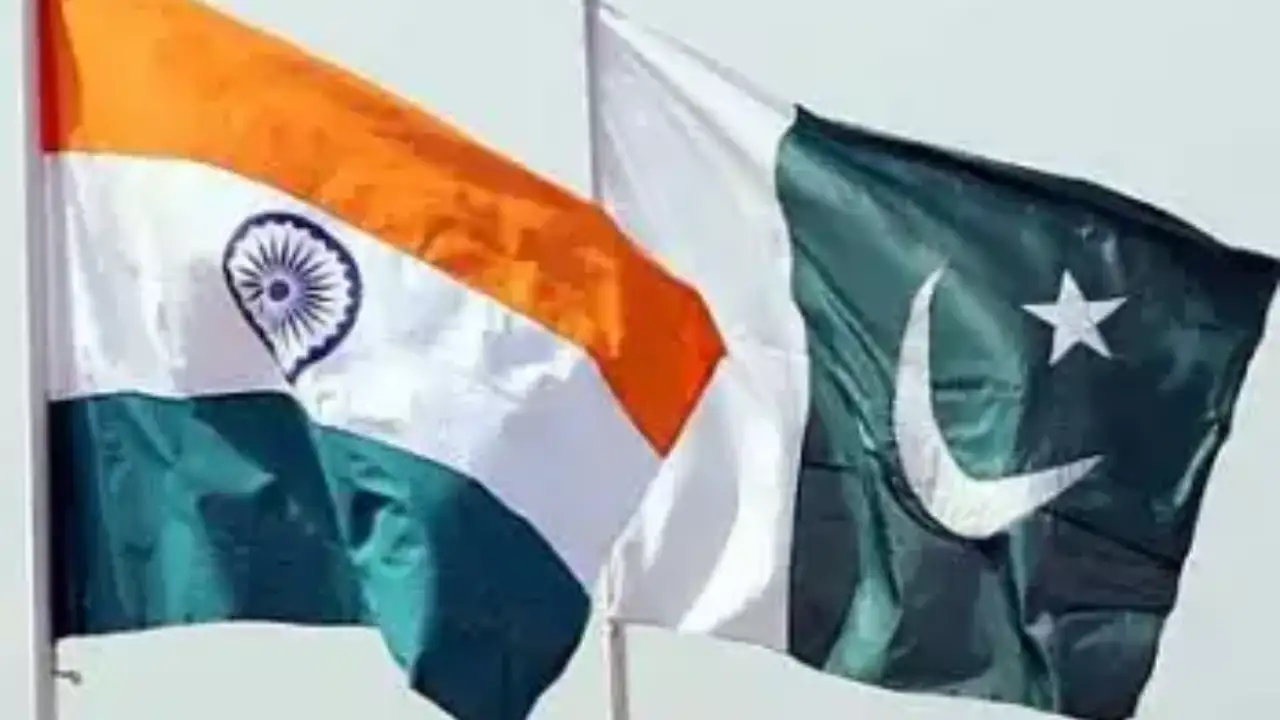China’s Strategic Gains Amid Ongoing India-Pakistan Tensions

The recent four-day conflict between India and Pakistan has not only ended in a ceasefire but has also highlighted the potential gains for China’s defense industry. The hostilities, which began on May 7, were sparked by India’s military response to a deadly attack in Kashmir that left 26 people dead. As both nations engaged in aerial maneuvers involving advanced fighter jets, analysts are now examining the implications of this conflict for global arms dynamics, particularly in relation to China’s military technology.
Background of the Conflict
The conflict erupted following a brutal attack on April 22, where militants killed 26 individuals, primarily tourists, in Pahalgam, a scenic area in Indian-administered Kashmir. In retaliation, India launched Operation Sindoor on May 7, targeting what it described as “terrorist infrastructure” in Pakistan. India accused Pakistan of harboring militant groups responsible for the attack, a claim that Islamabad vehemently denied. The ensuing military actions saw both nations deploying drones, missiles, and fighter jets, escalating tensions in the region.
India utilized its French and Russian-made aircraft, while Pakistan relied on its J-10 and J-17 jets, which are co-produced with China. Both countries asserted that their aircraft remained within their airspace during the exchanges, with Pakistan claiming to have downed several Indian planes, including the advanced Rafale jets. However, India has not confirmed these claims, and the situation remains murky regarding the actual outcomes of the aerial confrontations.
China’s Role and Implications for Defense
Reports indicate that Pakistan may have employed its Chinese-made J-10 aircraft to launch air-to-air missiles against Indian jets. This reliance on Chinese military technology during active combat has raised eyebrows among defense analysts, who suggest it could bolster Beijing’s defense industry reputation. Some experts have likened this moment to a significant turning point for Chinese military capabilities, as it marks one of the first instances where Chinese aircraft have been tested in a real combat scenario.
Zhou Bo, a retired senior colonel in the Chinese People’s Liberation Army, remarked that the aerial conflict served as a substantial advertisement for Chinese military technology. Following the reported successes of the J-10, shares in the Chengdu Aircraft Company surged, reflecting investor optimism about the potential of Chinese defense systems. However, some analysts caution against prematurely declaring the superiority of these technologies, emphasizing the need for further evaluation of their performance against established Western systems.
Reactions and Future Considerations
The aftermath of the conflict has prompted varied reactions from military experts and analysts. While some believe that the performance of Chinese jets in combat could reshape perceptions of Chinese military technology, others argue that it is too early to draw definitive conclusions. The Indian Air Force’s operational strategy during the conflict has also come under scrutiny, with experts noting that the IAF’s approach may have limited its effectiveness against Pakistani defenses.
Despite the claims of downed aircraft, India reportedly achieved significant military objectives, including strikes on multiple Pakistani air bases. The Indian military’s coordinated attacks targeted key installations, demonstrating its capability to strike deep within Pakistani territory. However, the lack of detailed communication from the Indian military regarding its operations has led to questions about its narrative control in the aftermath of the conflict.
Geopolitical Implications and Strategic Alliances
The recent hostilities have underscored the strategic partnership between China and Pakistan, with China investing heavily in Pakistan’s infrastructure through the China-Pakistan Economic Corridor. This alliance is crucial for Beijing, as a stable Pakistan serves its geopolitical interests in the region. The conflict has also drawn attention from Western nations, with the United States and its allies intervening to de-escalate tensions between the two nuclear-armed neighbors.
As the global arms trade landscape evolves, the implications of this conflict for future military engagements and alliances remain significant. Analysts suggest that India must accelerate its defense manufacturing capabilities and consider international procurement to counterbalance the advancements in Chinese military technology. The recent conflict has illuminated the shifting dynamics of military power in South Asia, with China’s defense industry emerging as a key player in the region’s security landscape.
Observer Voice is the one stop site for National, International news, Sports, Editor’s Choice, Art/culture contents, Quotes and much more. We also cover historical contents. Historical contents includes World History, Indian History, and what happened today. The website also covers Entertainment across the India and World.
Follow Us on Twitter, Instagram, Facebook, & LinkedIn

